In February of last year, while the world was heading into lockdown, two college students at Tulane University, Franziska Trautmann of Lafayette and Max Steitz of New York, were hunkering down to hatch their latest project promoting sustainability and restoration: Glass Half Full. Their prior project, Plant the Peace, has succeeded in planting over 88,000 trees in sub-Saharan Africa. In 2021, Glass Half Full hopes to create new land in coastal Louisiana through an innovative glass-recycling program accessible to people throughout New Orleans.
According to Trautmann, the idea was born organically, over drinks with Steitz—drinks that, over the course of their years at Tulane, had created quite a lot of glass waste. "Why are we letting this go to a landfill where it's not going to decompose?" is the question Trautmann posed. "It's not going to do any good there."
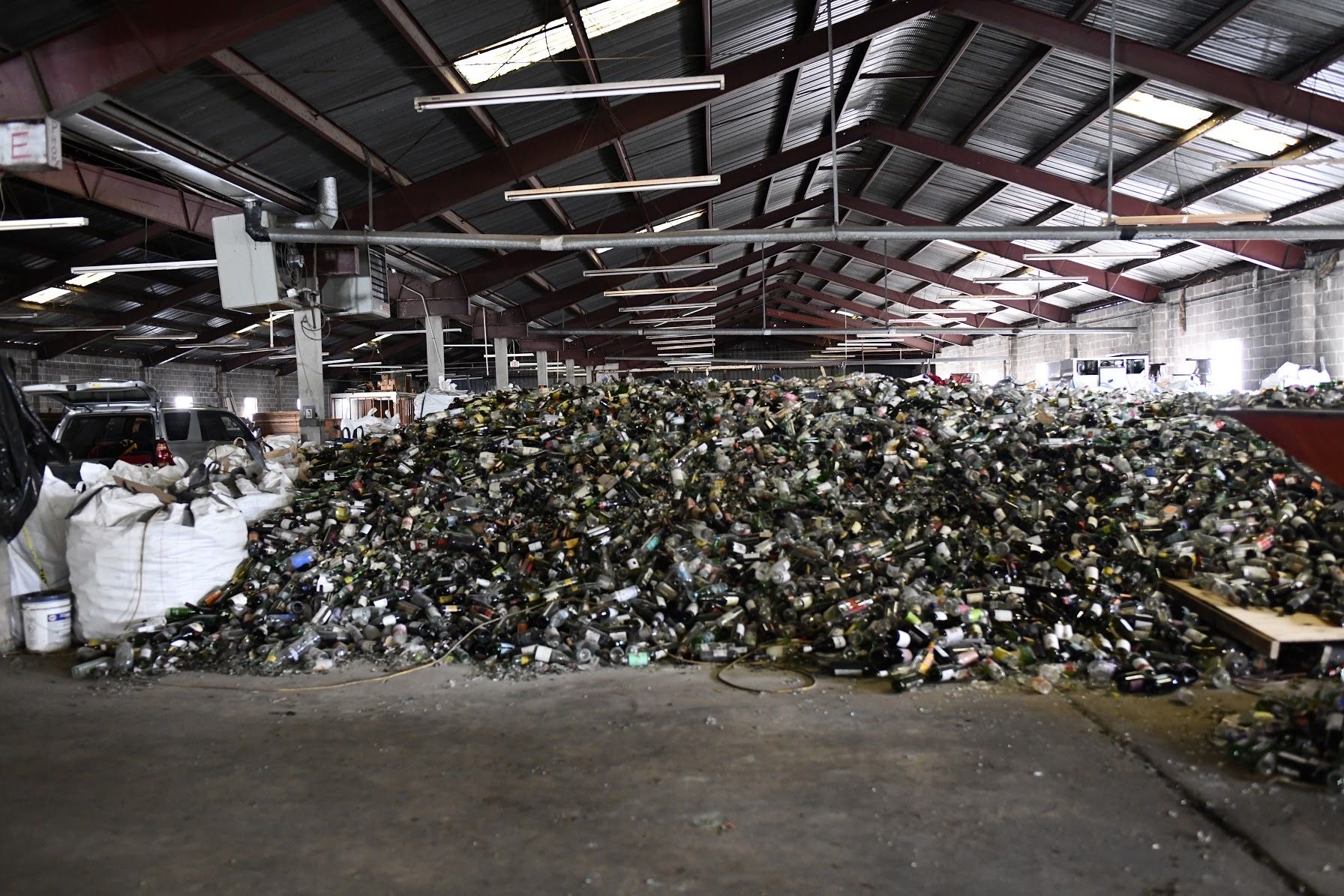
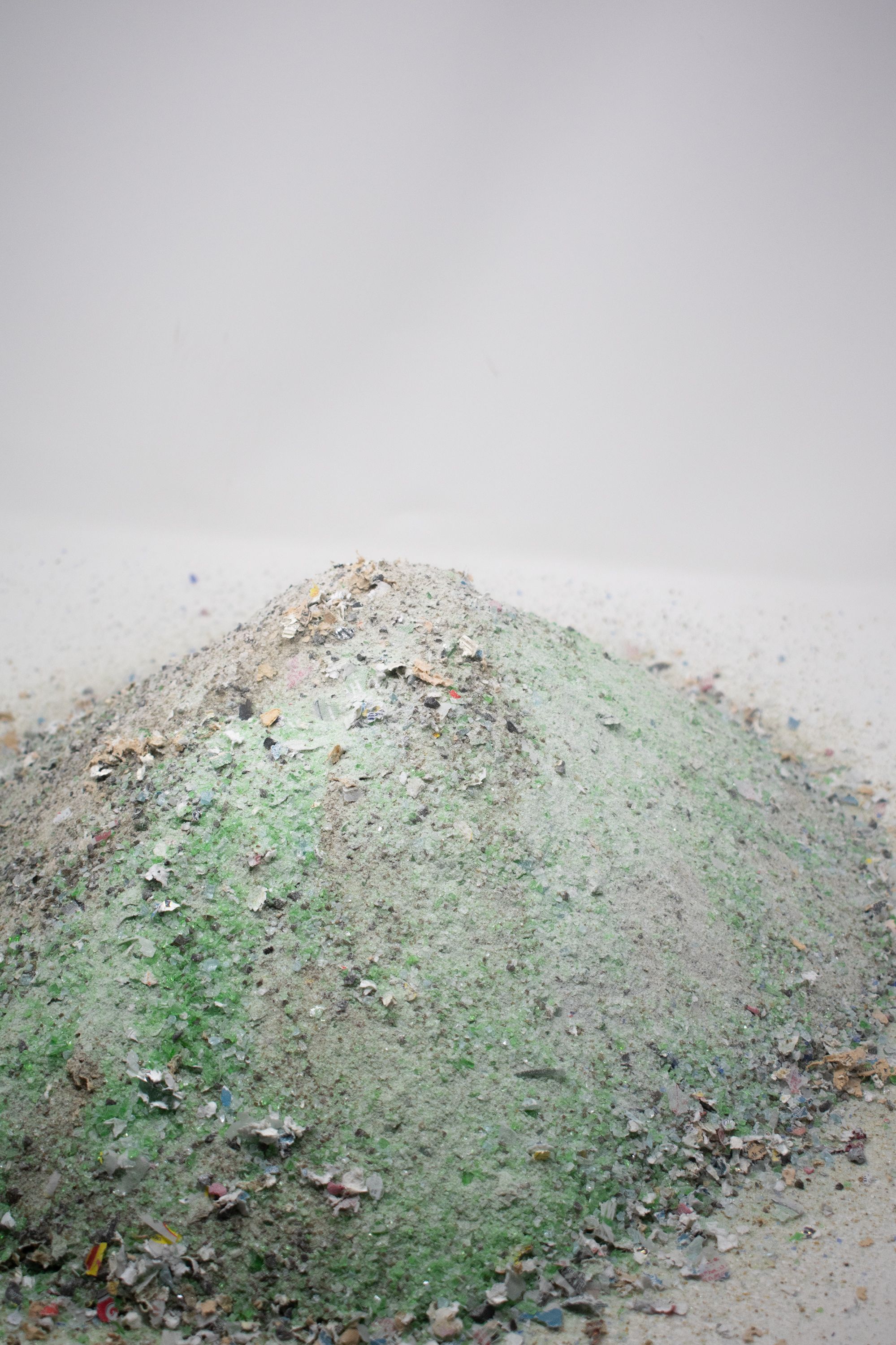
Trautmann and Steitz quickly discovered a machine that would crush glass into sand. Trautmann recalls, "Something told us that we should just go for it, and we launched a fundraiser. The community just responded. They're so ready for something like this, ready for New Orleans to be more of a leader in sustainability instead of always lagging behind—and why aren't we recycling glass as much as we should when we drink the most? I think the community and the support we got from New Orleanians are the reasons we were able to get this far and keep going."
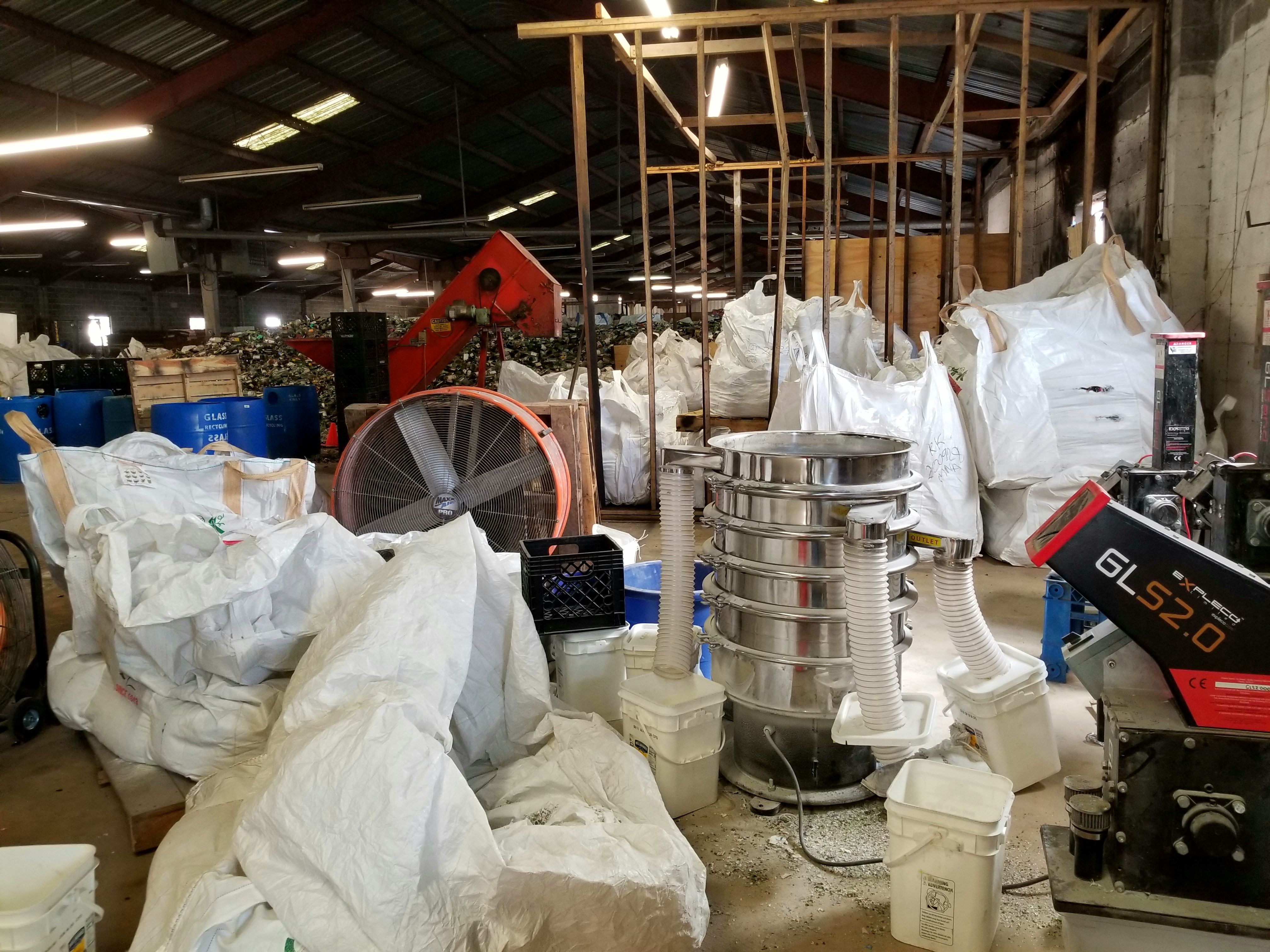
The innovative process implemented by Glass Half Full is a source of hope for New Orleans and South Louisiana's wetlands. Trautmann clarifies the difference between conventional glass recycling and their approach: "The main way glass is recycled is through a circular economy, where it's crushed down and then re-melted into new glass—but that's extremely expensive, and it would be environmentally taxing to drive it to a place where they make new glass. So, we decided, why not crush down and stop there and use it as a resource that New Orleans does need? We need sand."
Louisiana's coastal restoration projects, which have relied on a costly dredging process to obtain sand and silt to redistribute at the coast, are coming to a grinding halt. Trautmann asserts that by converting New Orleans's glass waste to sand, Glass Half Full's "ultimate goal is to be able to replenish our sand resource that is being rapidly depleted and be an alternative to dredging our waterways. Ideally, we'll be able to get to a point where we're selling enough products that the excess sand we have will go towards the disaster relief sandbags, coastal restoration, things like that—we'll be able to give that away to more charitable causes," he says.
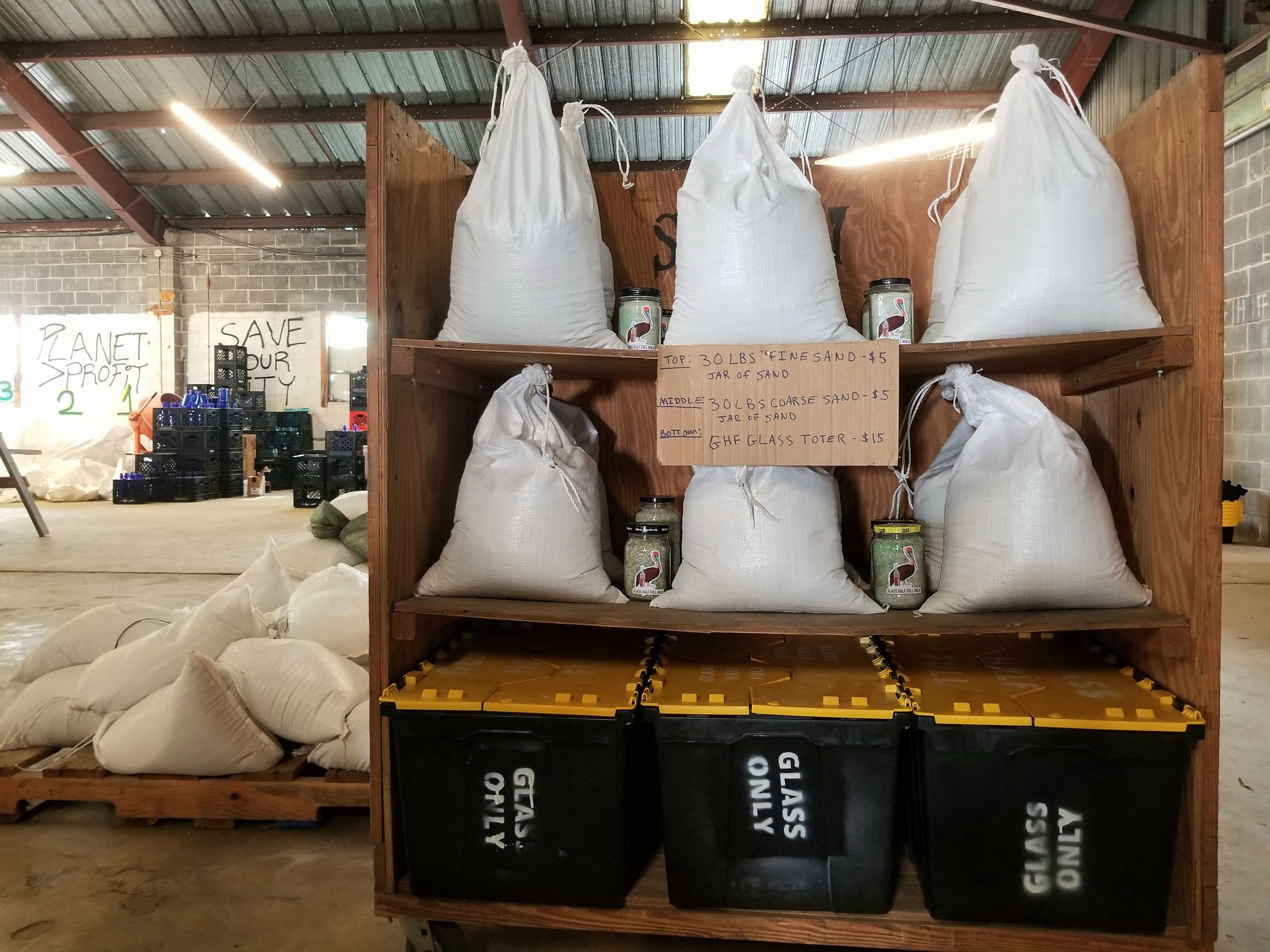
Glass Half Full is off to a strong start, having grown in the past year from a single backyard drop-off on Broadway Street to multiple hubs throughout Uptown before opening their first centralized location at 911 Joliet St. Since then, they have established a second warehouse drop-off hub at 3935 Louisa St., in the Desire/Gentilly East neighborhood. Trautmann is excited about this particular expansion: "This move was so intentional—to move across New Orleans and make recycling more accessible."
Residents may bring and sort their glass personally, for free, between 9 a.m. and 5:30 p.m., on Wednesdays at their Joliet Street location and on Mondays and Saturdays at their Louisa Street location. To make recycling with Glass Half Full even easier, they launched a residential pick-up program this past November. Curbside pick-up occurs monthly; the first crate is $25, and each additional crate is $10. Glass Half Full provides the crates.
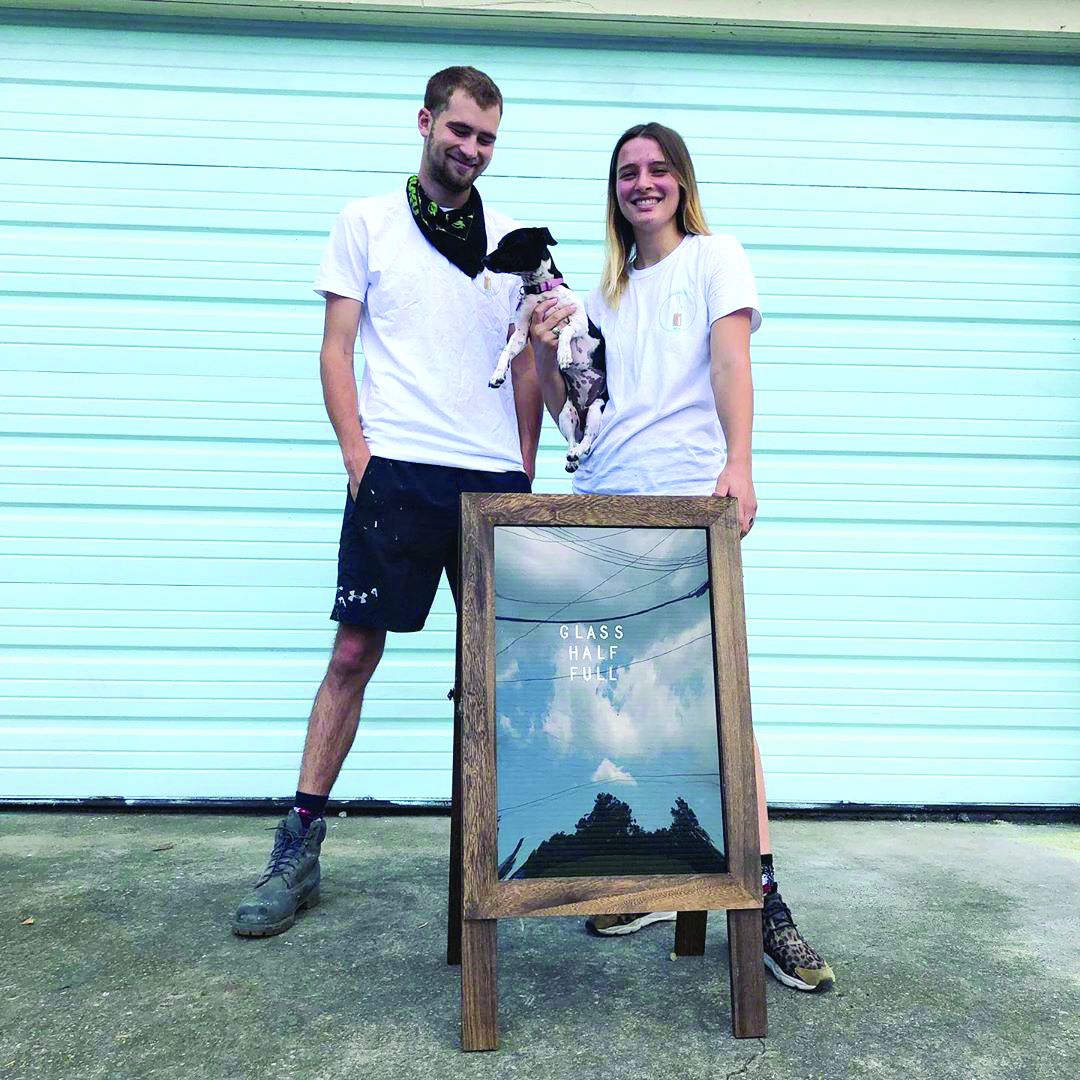
There are other ways to join the Glass Half Full movement to turn garbage into coast. Both drop-off hubs offer consumers the opportunity to purchase the sand products they make at their Louisa Street facility. Coarse sand can be mixed with compost for gardening, and fine sand also may be used for landscaping. They sell colorful powders that artists use for pigments. And, of course, they have sandbags for protecting homes and businesses from floodwaters.
However, one of the most significant ways a person can support Glass Half Full in their goal to donate their excess sand product to charitable causes—to coastal restoration and disaster relief—is to donate to their GoFundMe campaign. Currently, their Louisa Street location houses 120 tons of glass waiting to be recycled. Trautmann says, "This glass mountain is the reason we are having a fundraiser right now, in order to get a machine that can crush this at a reasonable rate."
"We're working with machines from the 80s," Trautmann explains. "From the old machines, it's a larger crushed glass product, which can be re-melted and made into new glass—it's called gullet. But our bread and butter and the reason we started this was to make sand from glass, and that's with the tiny machines. They are handfed, so we can only do one bottle at a time. That's the main way we get our sand product, so we are running on an extreme backlog—there's just no way to keep up."
The prospects offered by the new machine, which is able to process two tons per hour, are promising. At that rate, the glass mountain may be transformed into sand in about two weeks. More product in less time and with lower costs means that they can build their business and reach their ultimate goal of helping to rebuild Louisiana's coast and wetlands.
If your glass is full, get involved today by visiting glasshalffullnola.org

